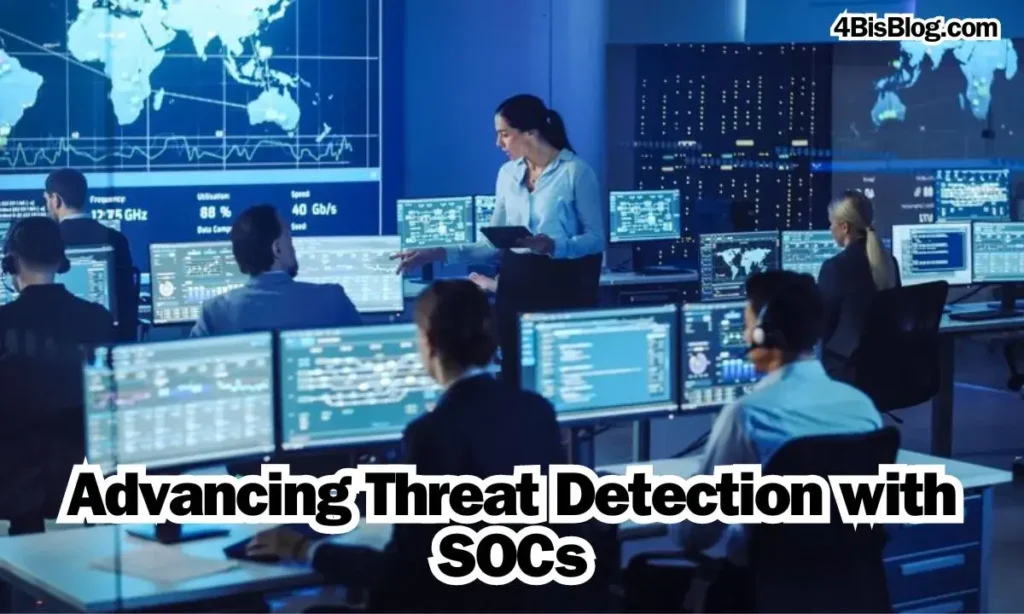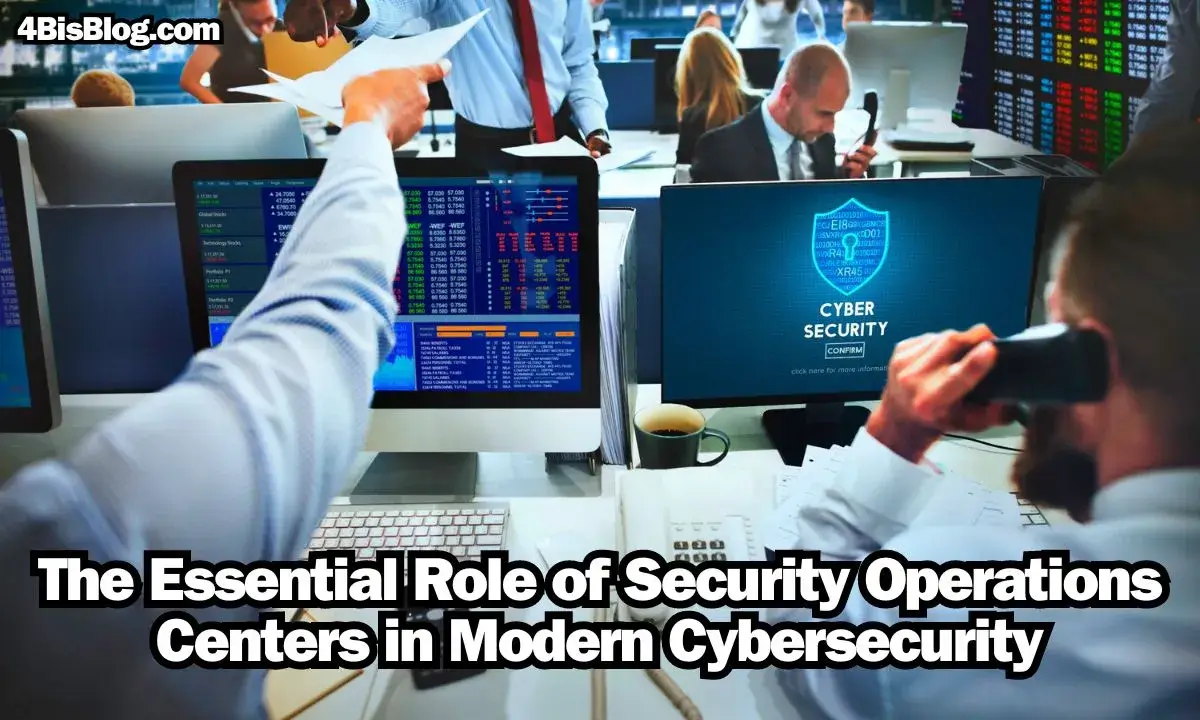Understanding the Core Functions of a Security Operations Center (SOC)
Organizations today face unprecedented cyber threats that can jeopardize their operations, reputation, and financial stability. In response to this growing risk, developing and maintaining a robust Security Operations Center (SOC) has become an indispensable aspect of corporate security strategy. A SOC provides 24/7 surveillance and analysis of an organization’s information systems, seeking out anomalies and potential threats to mitigate and prevent cyber incidents. This mission-critical entity focuses on a holistic view of security, considering everything from network traffic and endpoint behavior to user activities and third-party integrations.
The SOC’s primary functions revolve around proactive threat hunting, incident detection, and response coordination. Specialists within the SOC employ sophisticated tools to monitor networks in real time, rapidly identifying any indicators of compromise. These indicators can vary from signature-based detections of known threats to anomalous behavior that may suggest a new, complex intrusion. Leveraging the insights from continuous monitoring, SOC teams can efficiently orchestrate an organization’s response to a confirmed incident, minimizing damage and restoring systems to regular operation with minimal downtime.
Evolution of SOCs: Adapting to the Cyber Threat Landscape
Over the past few decades, the cybersecurity industry has witnessed a significant transformation in the nature and sophistication of cyberattacks. Consequently, security operations centers have evolved from their nascent forms into highly sophisticated command centers capable of defending against multilayered cyber threats. Traditional security measures were primarily reactive, depending on predefined rules and signature-based detection methods. However, the advent of polymorphic malware and zero-day exploits rendered these approaches less effective.
To combat these advanced threats effectively, modern SOCs have embraced new technologies. Today’s cutting-edge technologies include artificial intelligence (AI) and machine learning, which allow SOCs to study and learn from enormous data sets, enable predictive analytics, and automate some steps in threat detection and response. These advancements enable SOC teams to stay ahead of the curve, detecting threats before they cause harm and adapting strategies based on a continuous learning cycle. Yet, the pace of technology is relentless, and the race between cyber defenders and attackers persists. As cyber criminals craft ever-more sophisticated methods to circumvent defenses, SOCs must continually refine their strategies and tools to protect their businesses’ digital assets.
Essential Components that Make Up an Effective SOC
The efficacy of a SOC is determined by the synergy between its core components: people, processes, and technology. Skilled cybersecurity professionals form the backbone, bringing a wealth of knowledge and experience. Their knowledge is essential for making wise decisions, handling incidents efficiently, and navigating the ever-changing and complex security landscape. Yet, even the most talented individuals must be supported by robust processes—the standardized operations procedures and protocols that provide the framework for threat detection, incident response, and continual improvement.
The technology stack within a SOC provides the tools for threat identification, analysis, mitigation, and reporting. It involves a variety of tools, such as threat intelligence feeds, SIEM systems, endpoint detection and response (EDR) platforms, and intrusion detection systems (IDS). The instruments and software must be seamlessly integrated and configured to operate optimally, ensuring SOC teams can effectively perform their duties.
The Crucial Interplay between SOCs and Cybersecurity Policies
The security operations center strategically enforces and adapts corporate cybersecurity policies. They act as the operational embodiment of an organization’s security stance, translating high-level policy directives into actionable day-to-day procedures. Through threat intelligence gathering and forensic analysis, SOCs provide valuable feedback that shapes and refines policies to ensure they remain relevant in the face of changing cyber threats.
Compliance with regulatory requirements is another area where SOCs have a significant role. As enforcement bodies tighten their grip on industries through various cybersecurity regulations and standards, SOCs must ensure that businesses comply with these laws’ letter and spirit. Staying abreast of regulatory changes, SOCs guide organizations in meeting their legal and ethical obligations, providing a sound basis for continued operations in regulated markets.
Building or Outsourcing: The SOC Strategy for Businesses
The decision to build an in-house SOC or to outsource is a significant strategic choice that organizations must contemplate carefully. An in-house SOC offers the advantages of complete control and the potential for tight integration with business operations. It can be designed to cater to the organization’s specific needs, considering unique threat profiles, industry practices, and operational idiosyncrasies. On the other hand, outsourcing to a managed security service provider (MSSP) offers cost advantages, especially for smaller organizations that might need more resources to staff and maintain an elaborate in-house operation.
Businesses must consider several factors in this decision – from the sensitivity of their data and systems, their risk appetite, and budget constraints to the availability of a skilled workforce. In an ideal scenario, a hybrid model incorporating in-house capabilities and outsourced expertise can deliver a comprehensive and cost-effective solution for many businesses looking for a balanced approach to managing their cybersecurity posture.


Advancing Threat Detection with SOCs
One of the fundamental objectives of a SOC is to enhance threat detection mechanisms. It entails identifying known threats and uncovering novel and sophisticated cyberattacks through advanced analytical techniques. Proactive threat hunting has become a key initiative, wherein SOC teams actively search for indicators of compromise that automated systems may not easily detect. This proactive approach requires a deep understanding of the organization’s networks, typical user behavior, and the current threat landscape.
Recent cybersecurity trends emphasize that shifting from reactive to proactive defense mechanisms is essential to counteract the more sophisticated cyber threats. This shift has significantly impacted how organizations approach cybersecurity, leading many to bolster their preventive measures and invest in advanced detection capabilities. Delayed detection and inadequate response can have grave repercussions, allowing attackers to embed themselves within systems, escalate privileges, and exfiltrate sensitive data. Hence, rapidly identifying and remedying threats is critical for minimizing potential damage and maintaining business continuity.
Incident Management and Response: The SOC’s Front Line
When cyber incidents occur, incident management and response become the focal point for SOC teams. Armed with a detailed incident response plan, the SOC serves as the front line of defense, taking steps to analyze the threat, contain the breach, eradicate the threat actors’ presence, and recover affected systems. This process is a coordinated effort requiring clear communication within the SOC and across various departments in the organization, including IT, legal, and public relations.
A well-integrated SOC into the disaster recovery and business continuity plans ensures minimum impact on operations during a security incident. Swift and assured action by SOC teams during crises not only helps in curtailing the immediate effects of an attack but also fosters resilience and robustness against future threats. The capability to manage an incident from detection to recovery is a testament to a SOC’s operational maturity and preparedness.
Analyzing the Cost-Benefit Ratio of Investing in a SOC
A comprehensive analysis of the associated costs and the corresponding benefits should drive the strategic decision to invest in a SOC. Implementation costs include infrastructure upgrades, specialized software tools, and hiring and training skilled personnel. While these costs can be substantial, organizations must weigh them against the potential costs of cyber threats, such as data breaches, system downtime, and reputational damage.
The benefits that an effective SOC brings to an organization are multiple and significant. Among them are safeguarding sensitive data, preventing financial losses due to fraud or data ransom, maintaining customer trust, and compliance with industry regulations. In the long run, these benefits contribute positively to an organization’s bottom line, making the ROI of a well-functioning SOC increasingly evident.
Enhancing SOC Operations with Industry Best Practices
Maintaining effectiveness in SOC operations is an ongoing effort that requires adherence to industry best practices and continuous learning. Recognized frameworks offer valuable guidance on how SOCs should design their operations and security controls. By following these best practices, SOCs can standardize their operations, maintain high levels of security, and assure stakeholders that their security posture is strong and resilient.
It is impossible to exaggerate the value of continuous training and skill development for SOC staff. Cyber threats are ever-evolving, so the individuals tasked with defending against them must evolve, too. SOCs can stay abreast of the latest threats and technological advancements through constant training, exercises, and evaluations, ensuring perpetual readiness.
The Future of SOCs: Predictions and Trends to Watch
Growing technological capabilities will probably influence security operations centers in the future. These technologies can potentially enhance automation, orchestration, and analytics within SOCs, allowing cybersecurity professionals to focus on more strategic tasks and complex threat landscapes.
New cyber threats will inevitably emerge, and SOCs must adjust their approaches accordingly. Organizations must remain proactive, continuously investing in their SOCs to keep pace with these changes. Keeping informed of the latest cybersecurity developments and predicted trends can prepare businesses for the future, ensuring their SOCs are not just reactive units but anticipatory, strategic components of their overall cybersecurity architecture.
Key Takeaways:
- SOCS plays a pivotal role in continuous monitoring and response to cyber threats.
- Adapting to evolving technology and cybersecurity landscapes is crucial for effective SOC operations.
- Investing in a SOC should be a balanced decision considering costs and benefits, with a focus on best practices and future trends.

